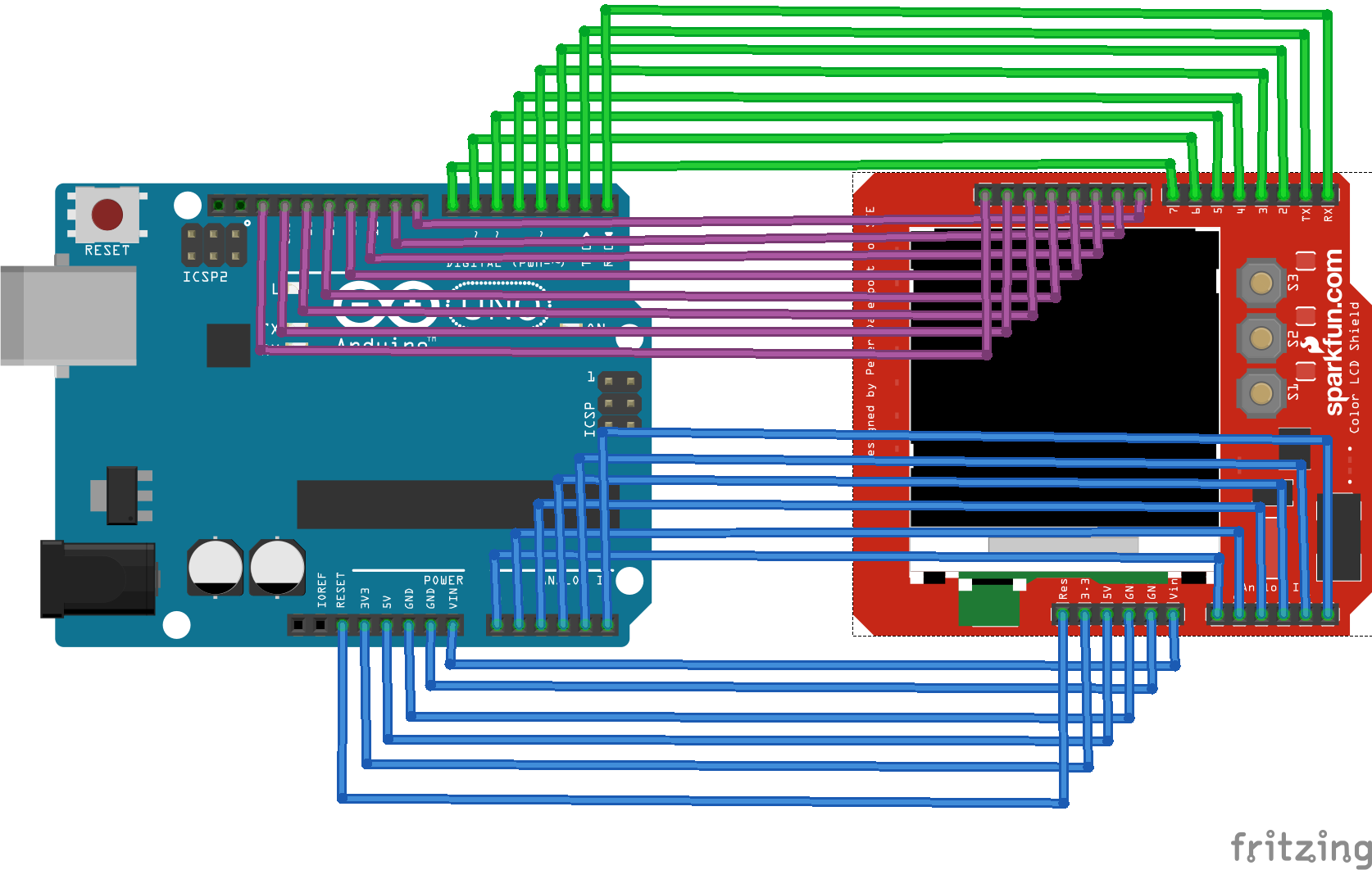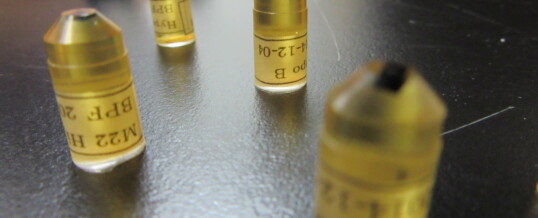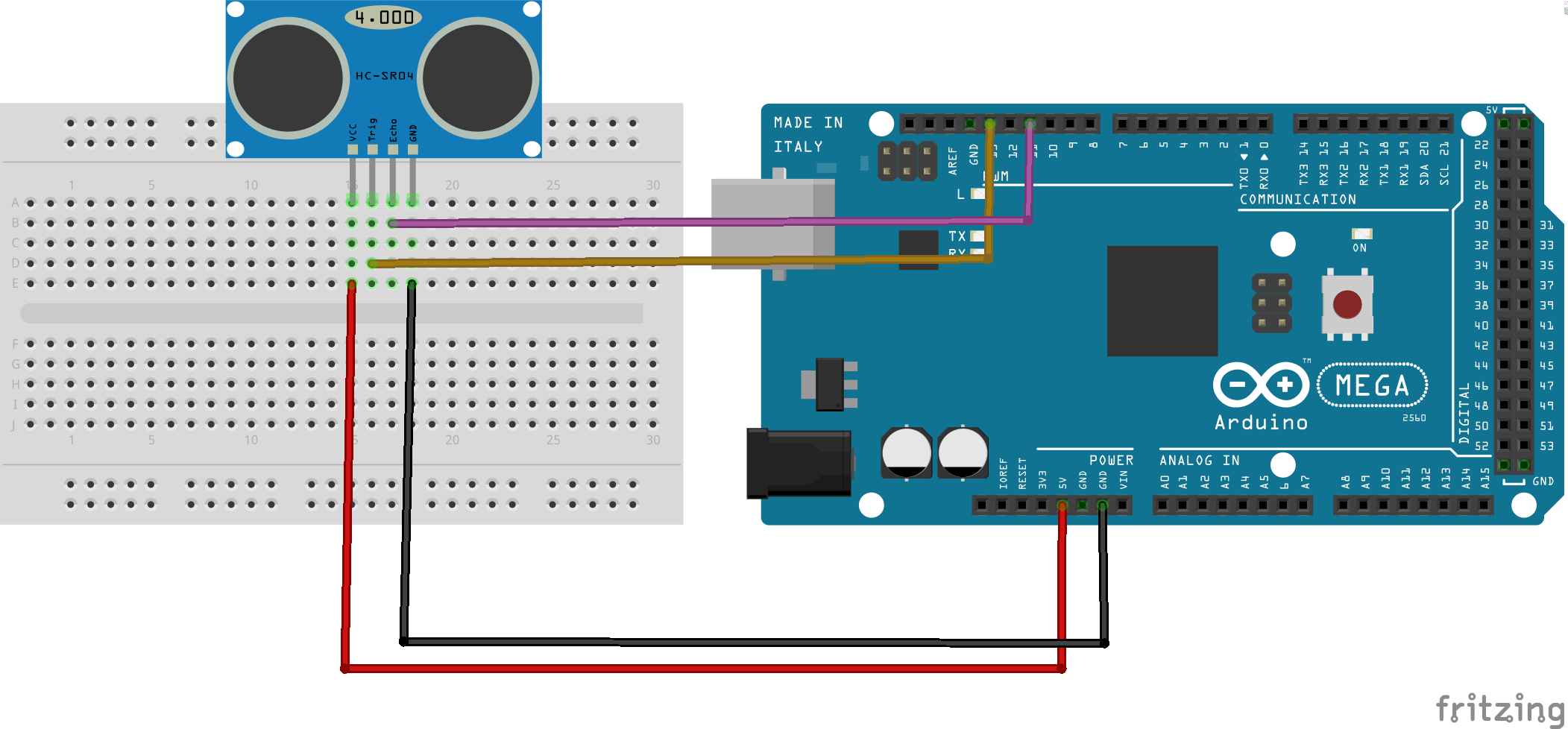Preamable
After the success of the first project, RLM decided to hack into one of his childhood treasure -Gameboy Console.
The task of this project is to: 1) reverse engineer and hack Gameboy in order to control it with Arduino, 2) and remotely play it from web.
The Soldering and the Arduino Sketch Code
The Soldering
The biggest challenge is to reverse engineer the ...
DEC






